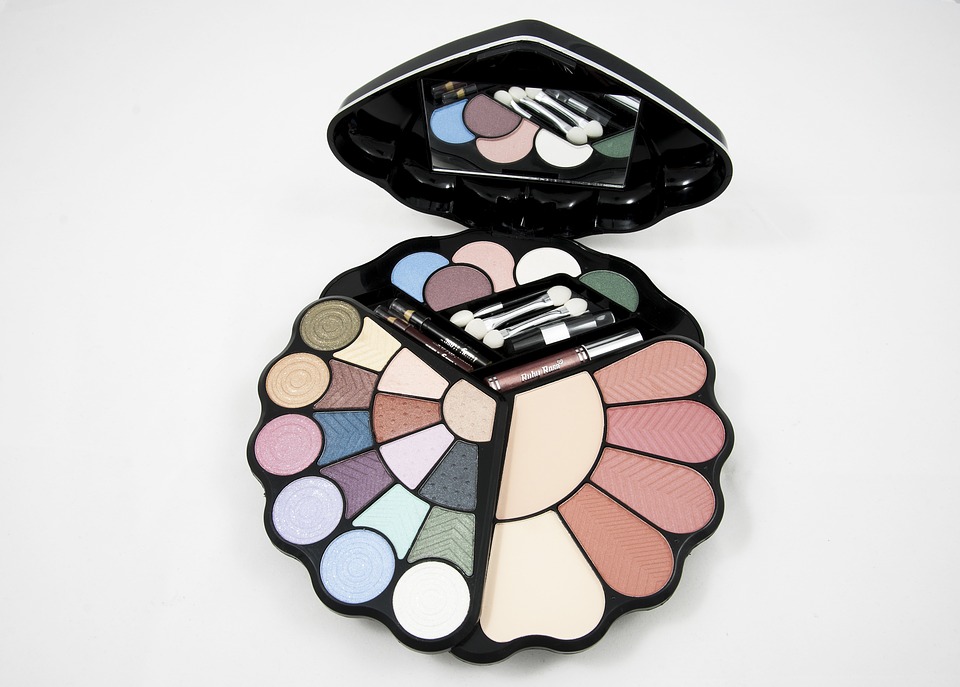A Huffington Post article announced that small trace amounts of asbestos were found again in a Claire’s makeup product, specifically, the eye shadow component of the makeup set. The first time asbestos was reported to have been found in Claire’s makeup products was in December 2017. The FDA confirmed the presence of Asbestos in three samples of Claire’s makeup in a March 2019 statement regarding their investigation.
How does asbestos get in talc
The eye shadow contains talc, which is a naturally occurring clay mineral known for its moisture absorbing and anti-friction properties. Talc is used in baby powder and lots of cosmetics, as well as in ceramics, paint, the paper industry, and roofing materials. Talc is mined just as asbestos was, and still is in some countries. This means that there is a risk that talc is contaminated with some asbestos fibres. It is currently the company’s responsibility to test the talc they use and trace it back to the source (the mine). It is not legally required in the US, but public perception and brand-image motivate a lot of major cosmetic suppliers to do it.
Talc is not the only product that has been contaminated by asbestos. In North America, vermiculite is often presumed to contain asbestos because 70% of the vermiculite sold from 1919 to 1990 was from a mine near Libby, Montana, which was contaminated by asbestos. Now it is sourced from other mines around the world and tested to ensure the absence of asbestos and that it is safe to use.
Small trace amounts of asbestos allowable in BC
The current definition of Asbestos-Containing Material in British Columbia is “a manufactured article or other material, other than vermiculite insulation, that contains at least 0.5% asbestos” when tested by the acceptable methods stated in Part 6.1 of the BC Occupational Health & Safety Regulations. It used to be 1% back in 2011, but research proved that asbestos posed a health hazard in quantities even less than 1%. WorkSafeBC proposed amendments in March 2011, after the consultation periods, to lower the definition of ACM to 0.5%. The explanatory notes of the board of directors decisions stated that proposed ACM definitions included “any asbestos” and “at least 0.1% asbestos”, but concerns were raised on the practicability due to background levels of asbestos. The document states that “Background” refers to “very small amounts of asbestos that might be present in water, soil, dust, or on surfaces as a result of natural processes (eg. weathering of certain rock types) that are unlikely to release asbestos fibres in quantities that would harm a worker or other person. These asbestos fibres have been measured in ambient air and water by both the World Health Organization and the US Environmental Protection Agency.”
In conclusion, it is impossible to remove all asbestos fibres from everything. Also, don’t throw cosmetics up in the air and breathe them in.
https://www.huffingtonpost.ca/entry/more-asbestos-in-claires-makeup_n_5cfab7d5e4b02ee34776c1bb

